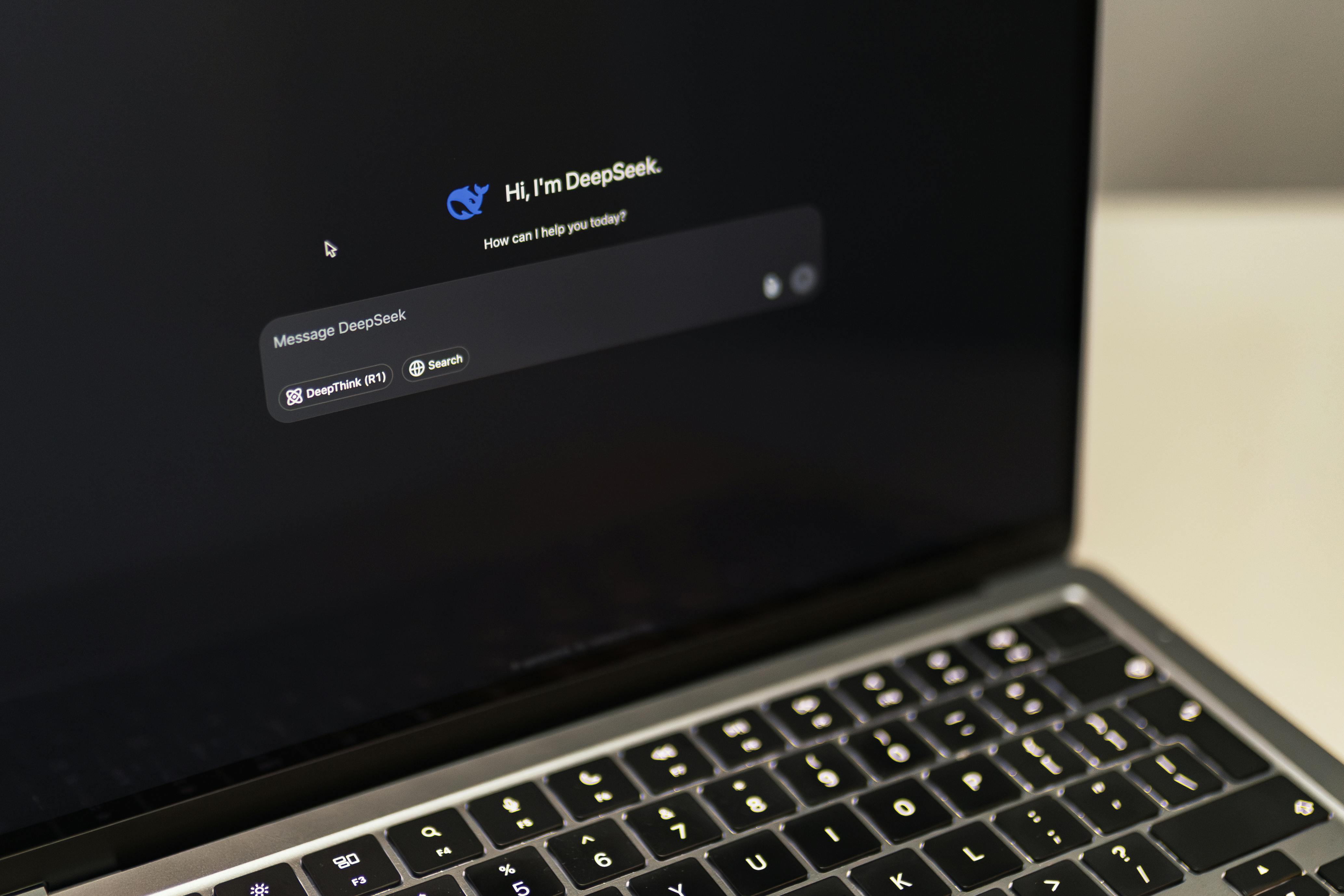Great questionnaires, discussion guides, and other types of survey data collection tools do far more than gather information to effectively answer research and business questions. They create a research environment in which every person participating feels safe and respected enough to share their truthful and complete opinion. It’s not quick or easy to develop such questionnaires but demonstrating to people that researchers truly care about their personal and customer experiences results in much higher data quality. And, it’s the right thing to do. Let’s consider three ways that social and market researchers can strive to achieve inclusivity through questionnaires.
Cultural and ethnic inclusiveness
It’s simple and obvious to say that racist language must never be used in questionnaires or any type of research data collection tool, but this can be difficult to accomplish. Language develops over decades and centuries, and reflects evolving political, cultural, and social perspectives. Our everyday language includes words and phrases that many people don’t realize have racist or sexist histories. For those writing questionnaires about home goods, meetings, or technology, here are just a few phrases with negative histories that need to be replaced.
- Replace “master bedroom” with “main bedroom”
- Replace “brown bag sessions” with “lunch and learn”
- Replace “black list” with “block list”
- Replace “powwow” with “meeting”
- Replace “black sheep” with “outsider”
- Replace “Illegal people” with “non-citizens”
As with the law, ignorance is no excuse. It’s not enough to remove language that is obviously racist or sexist. Researchers with high ethical standards actively seek to identify racist language and remove it from their vocabularies and their questionnaires. A quick Google search will lead you to many resources offering respectful alternatives. And, try uploading your questionnaire to an AI tool to catch any additional racist phrases you missed. Similarly, take care to ensure that questions related to demographic characteristics do not incorporate stereotypical or non-inclusive phrasing, especially if modern phrasings do not mirror your own personal beliefs. For example:
- Replace binary gender options (male/female) with multi-category options that accommodate people who are non-binary.
- Replace stereotypical roles such as housewives, stay-at-home mom, fireman, and policeman with inclusive words like caregiver, homemaker, firefighter, and police officer.
To learn more about creating inclusive demographic questions, review some of these expert resources:
- ESOMAR: Diversity, Equity, and Inclusion
- Insights Association: Guide to: Inclusion, Diversity, Equity, and Access Council Toolkit
- Oregon Health & Science University: Inclusive Language Guide
H2: Disability inclusiveness Today’s technology makes it vastly easier for non-experts to include people who are disabled. Adaptive keyboards, trackballs, head-tracking devices, eye-tracking devices, screen-readers, screen magnifiers, captioning software, and so many other tools mean that people who are disabled have more opportunities to access questionnaires without third-party assistance. However, researchers still need to actively ensure questionnaires are as accessible as possible. First, ignore the thousands of cute and fancy fonts. Stick with simple, clean, and consistent fonts like Arial, Verdana, Helvetica or Calibri, fonts that are much easier for accessibility devices to display and decipher accurately. Avoid emojis, emoticons, ascii art, and fonts that incorporate imagery or shapes as these unnecessary ‘letters’ will be described in several words, thereby interfering with the logical flow of a phrase or sentence. Boring can be a good thing. As we’ve already discussed, language matters. Researchers need to ensure questionnaires use people-first language. Rather than referring to “disabled people,” it’s more respectful to refer to “people who have a disability.” Similarly, replace negative attributions like “Are you wheelchair-bound” with neutral choices like “Do you use a mobility device?” There will always be a few exceptions (such as ‘autistic people’) so make sure to get advice from an expert within the intended population. To learn more about creating documents that are more accessible to people with disabilities, click through to these resources:
- National Center of Deafblindness: Accessibility Toolkit for State Deafblind Projects
- AbilityNet: Creating Accessible Documents
Language Inclusiveness
Finally, language can be a massive barrier to the accessibility of questionnaires. Whether someone is fluent in six languages and is midway through their seventh or if someone knows only English and has a lower skill level, questionnaires must be written to accommodate as many people in the target audience as possible. Without language inclusiveness, only people who have at least the same level of fluency as the researcher will be able to participate in research. The end result is biased responses and potentially wrong research conclusions and business recommendations. What does this mean for questionnaire writers?
- No big words: You finished high school and college. Perhaps you also earned a Master’s degree or a PhD. Your reading skills are much different than the majority of people. As such, you are a biased judge of what words and language most people will understand. The average adult in the USA reads at a grade 9 level. Write for them, not for you.
- No jargon: Jargon isn’t just technical terms that doctors or engineers or factory technicians understand. Jargon includes words like “product category,” “touchpoint,” “pain point,” “targeting,” “user-generated content,” and “gamification.” Just because you see these kinds of words every day doesn’t mean they are part of everyone else’s vocabulary. Say what you mean, not what you report to your manager.
- No Idioms: Like jargon, idioms are meaningless to people whose culture is different than yours. Avoid phrases like “think outside the box,” “raise the bar,” “go the extra mile,” or “push the envelope.” Instead, ask people to think carefully and be creative. Regardless of language skills, most people will understand these words. Once again, boring can be a good thing.
Summary
As researchers, we care deeply about data quality and completion rates. We are desperate to improve data quality so that our results are more valid and reliable. We’re desperate to increase questionnaire completion rates so our results are more generalizable to the intended population. Fortunately, by implementing techniques that make our questionnaires more accessible and inclusive, we accomplish multiple goals. It’s a win-win-win situation. With language and formatting that show people we genuinely care about them, we can improve research experiences in multiple ways. If you’d like to learn more techniques for creating inclusive questionnaires, please get in touch with one of our survey experts. We can help you build a better survey!
.svg)








